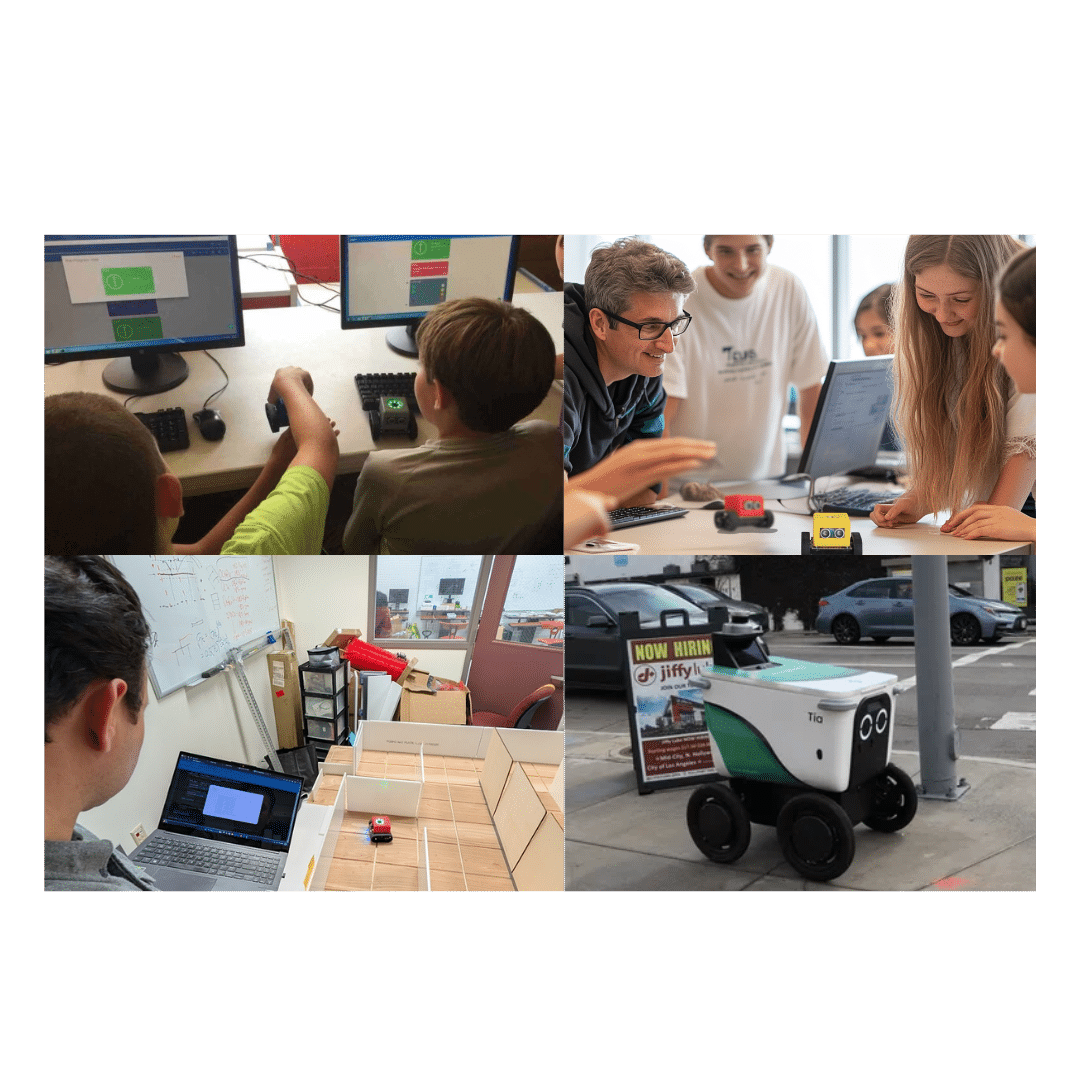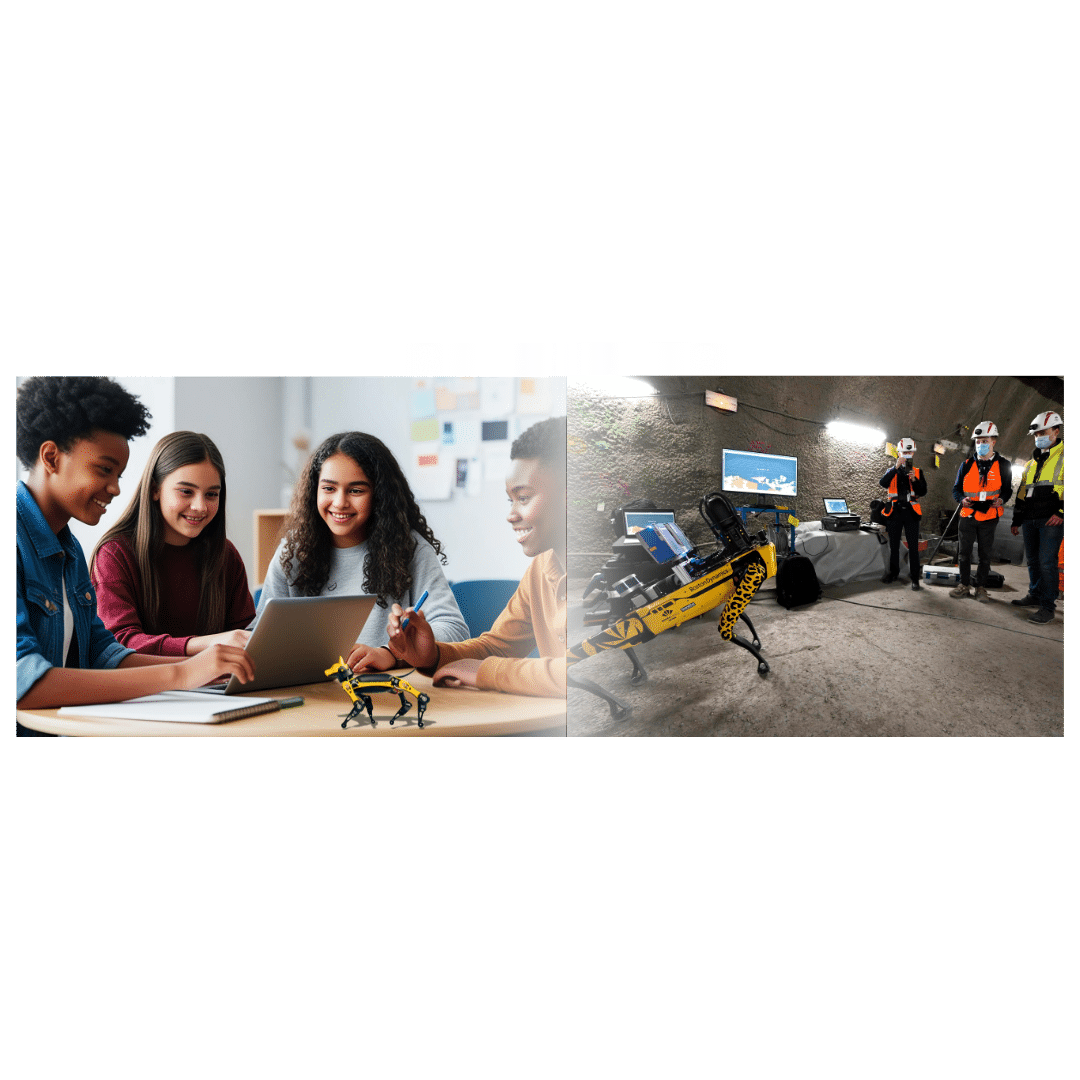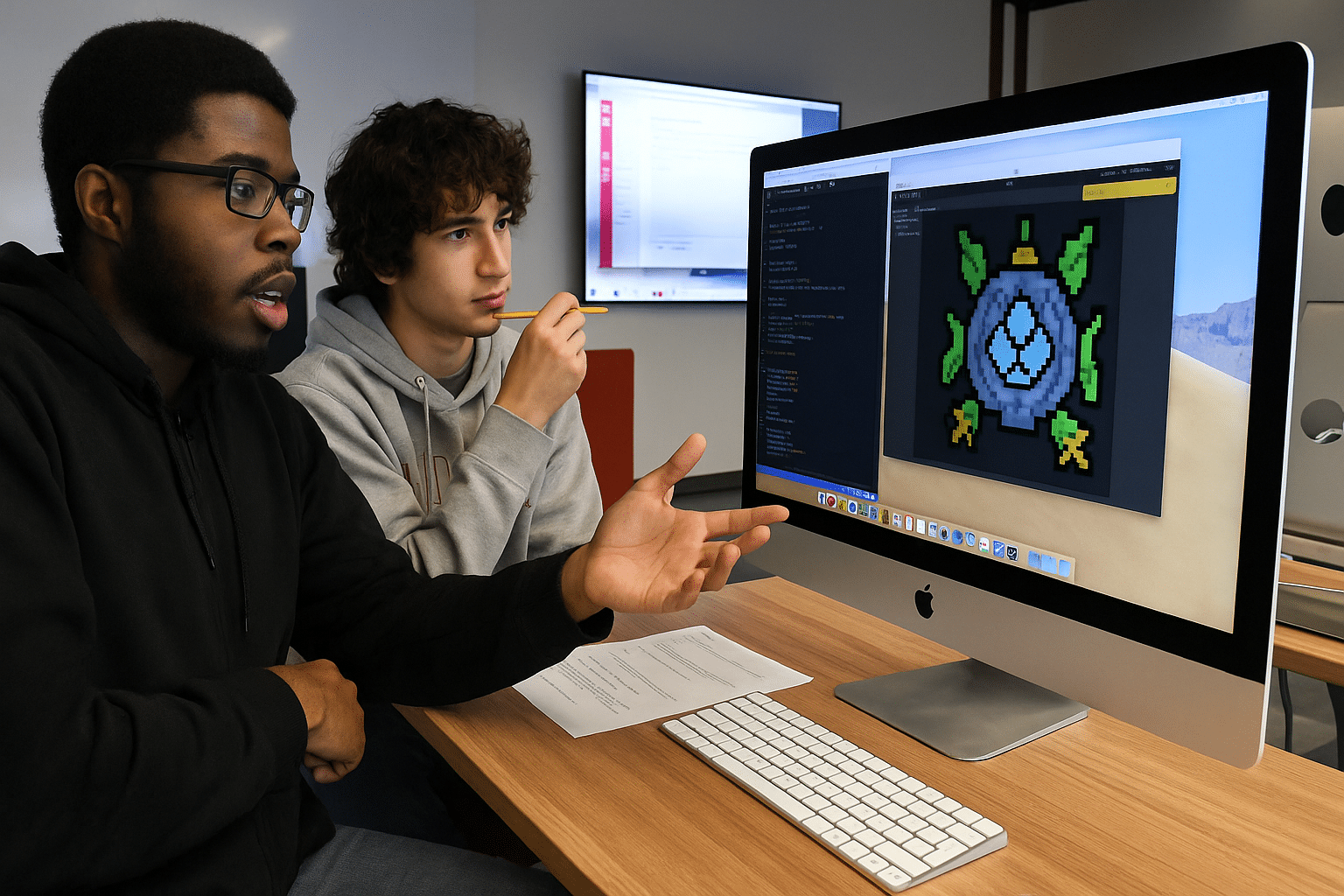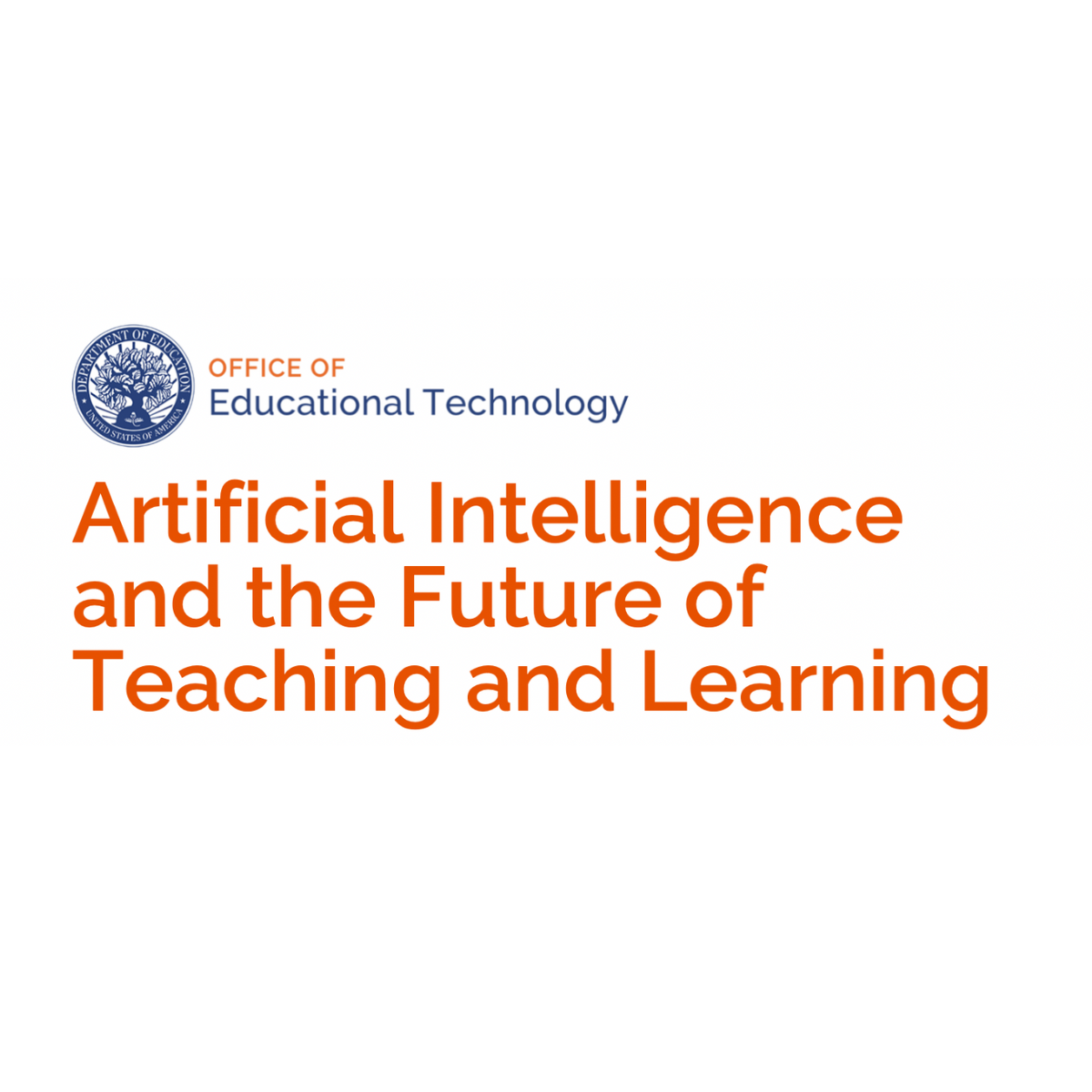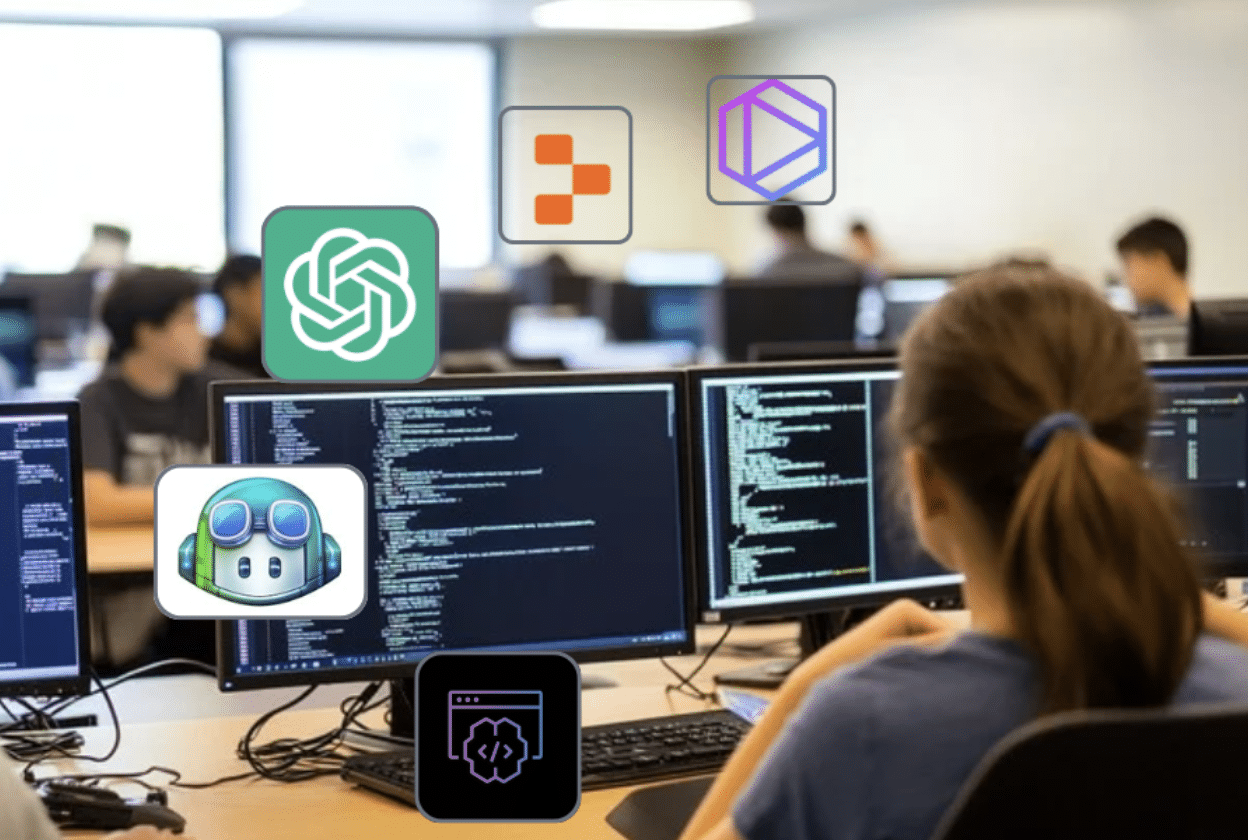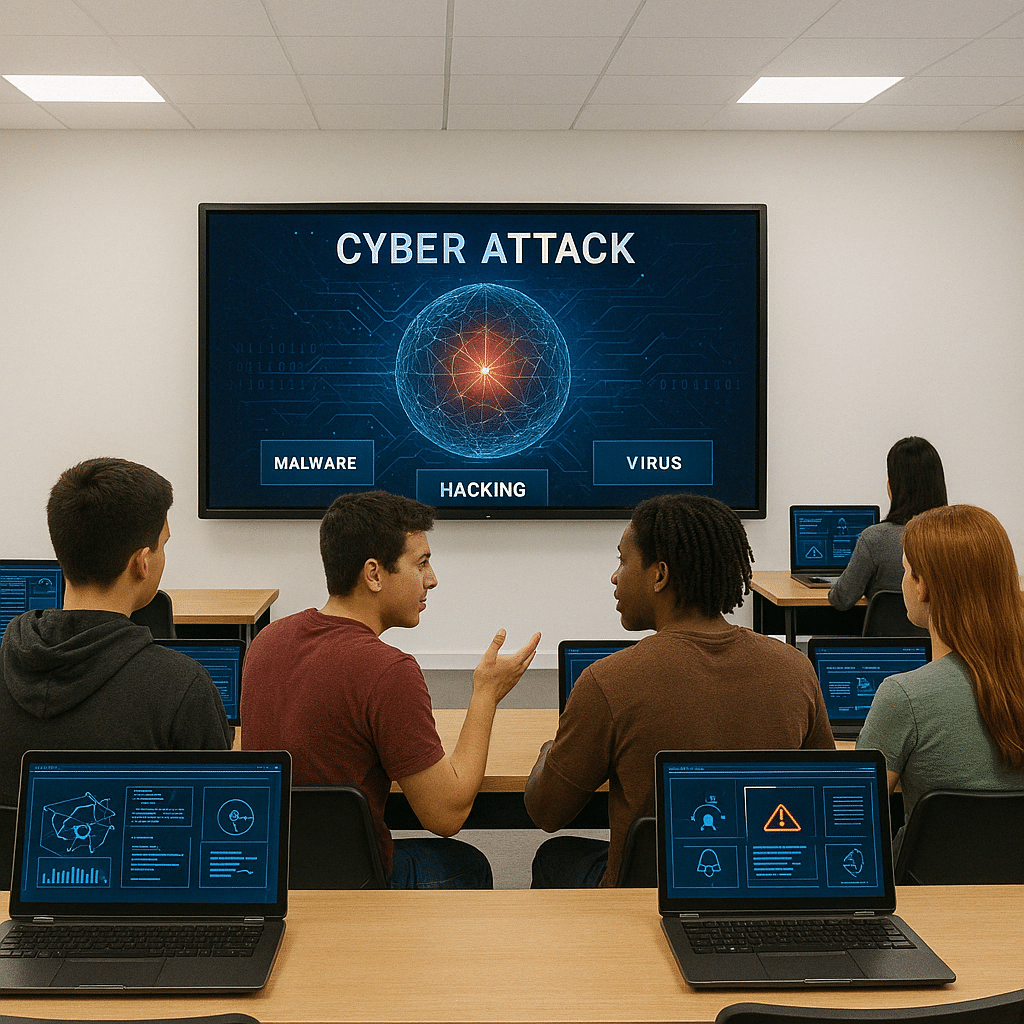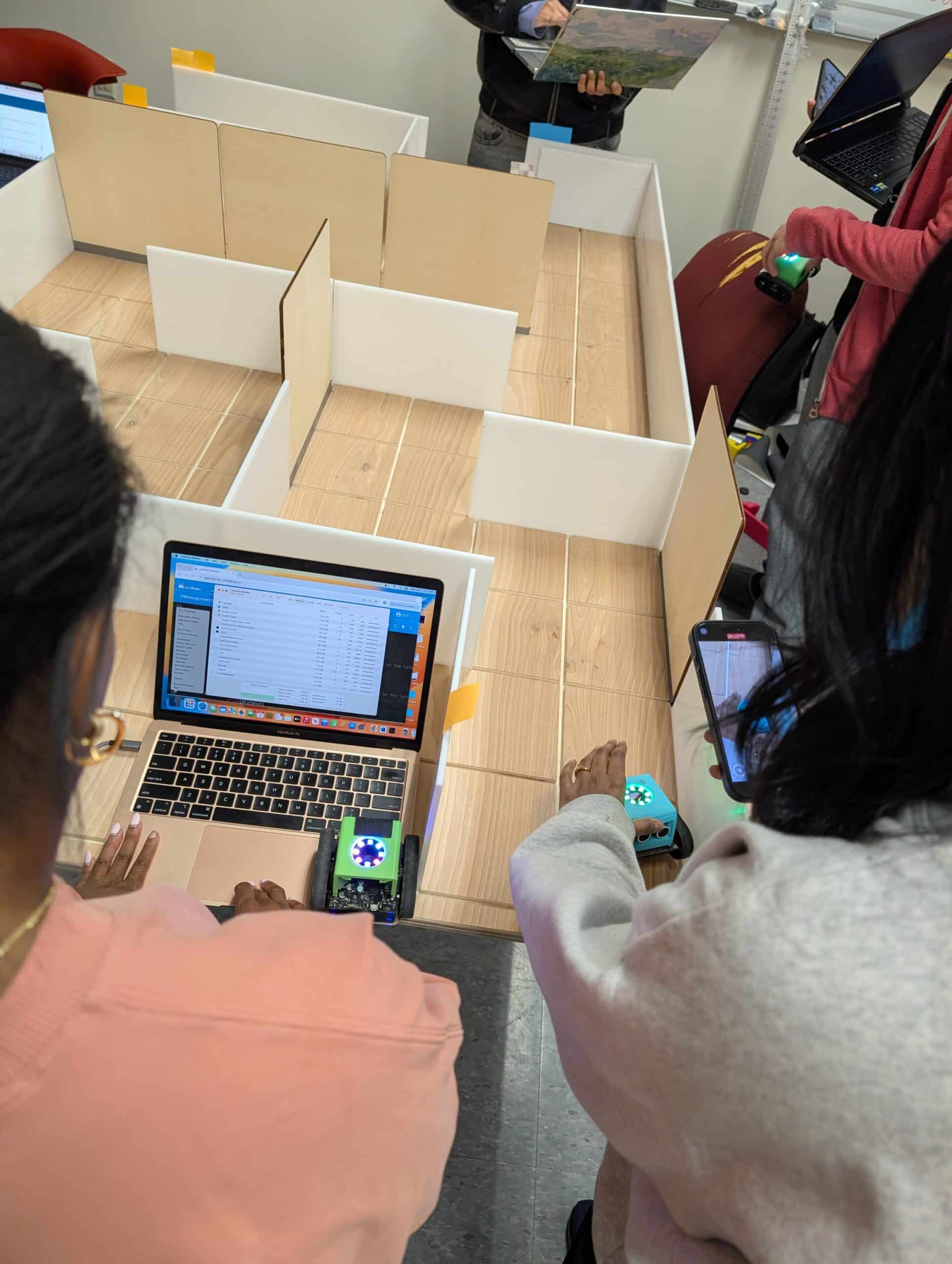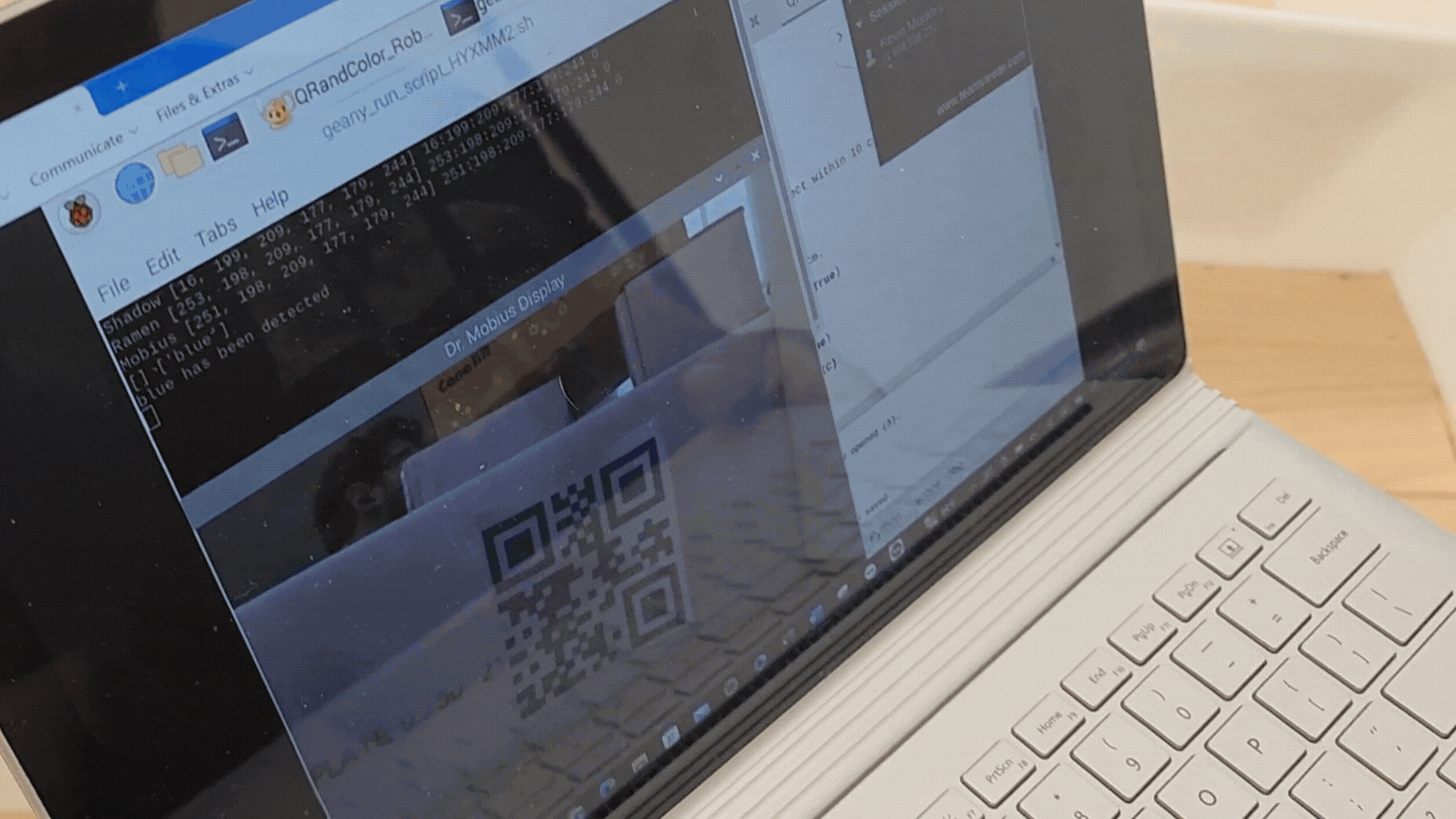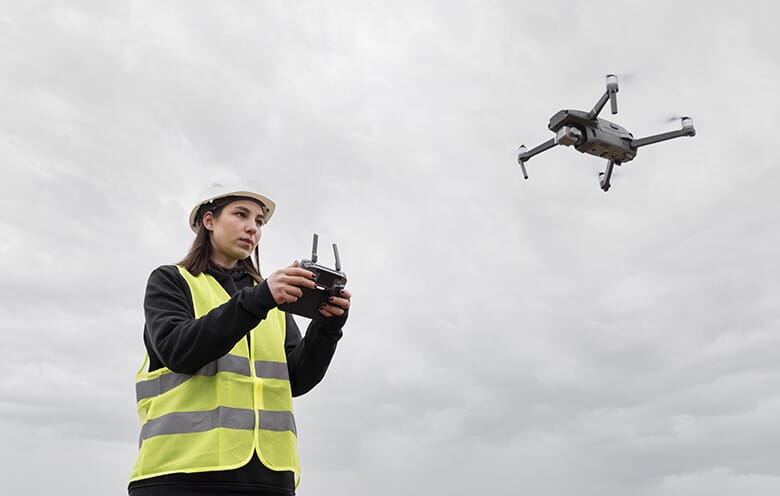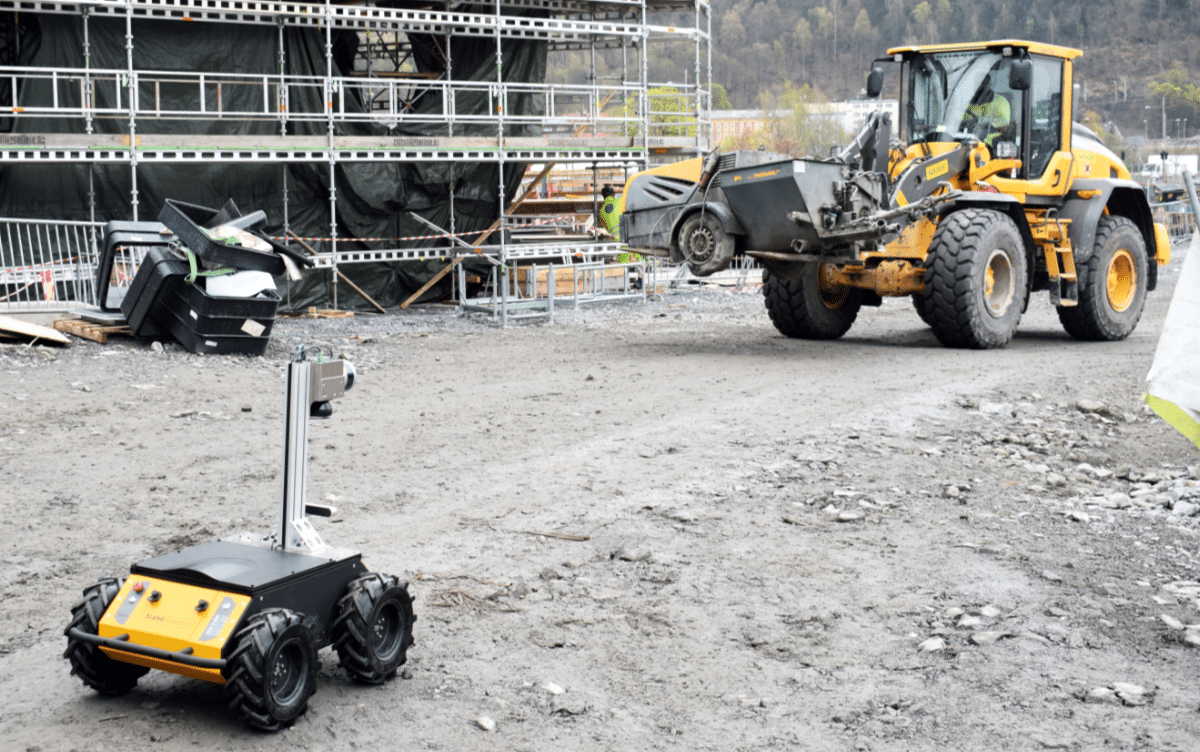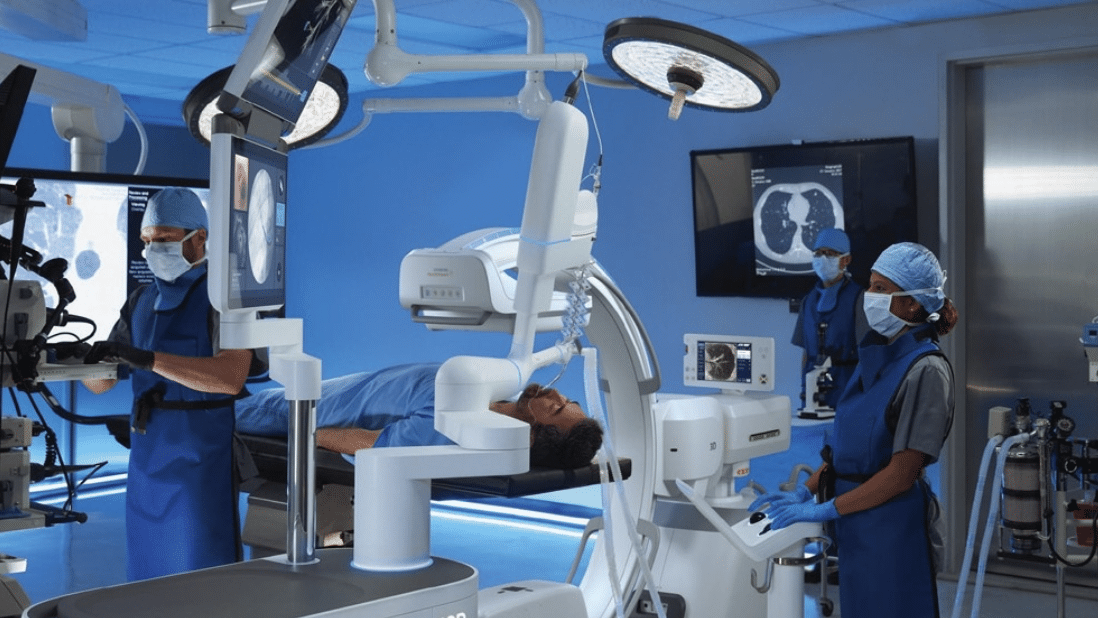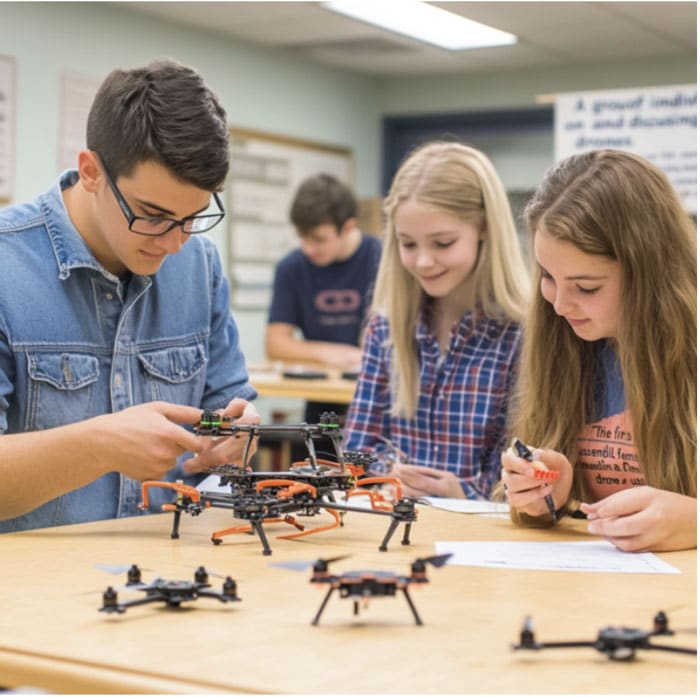Across the country, members of Gen Z are rethinking what success looks like after high school. Many are opting for skilled trades and hands-on careers that offer both stability and opportunity, rather than automatically pursuing four-year degrees.
Several factors drive this shift. Rising tuition costs make traditional college less accessible, while trades like electrical work, welding, and construction provide strong starting wages and a direct path into the workforce. According to the Bureau of Labor Statistics, electricians earn a median salary of $62,350 per year and plumbers $62,970, figures that rival or exceed many entry-level office jobs.
At the same time, industries that rely on skilled labor are facing shortages as Baby Boomers retire. For Gen Z, this opens the door to building sustainable careers in fields where practical skills matter more than diplomas.
Why Gen Z is Choosing Skills Over Degrees
Stories like those of 21-year-old welder Morgan Bradbury, who landed a $57,000 starting role before finishing her certification, or 24-year-old business owner Chase Gallagher, whose landscaping company earned over $1 million in sales last year, highlight the appeal. These are young people finding success by investing in specialized training rather than four years of classroom lectures.
The data reflects the trend: there are two million fewer students enrolled in four-year universities today than in 2011, while Gen Z accounts for nearly 25% of all new hires in skilled trades. For many, the ability to “learn by doing” provides both long-term security and immediate income.
What This Means for Educators
Schools and districts now face an important challenge: how to equip students with real-world skills that match workforce demand. Preparing students for jobs in manufacturing, logistics, construction, and other high-growth sectors requires more than textbooks. It calls for hands-on, technology-enabled learning that bridges STEM education with career readiness.
By incorporating applied learning experiences into STEM and CTE programs, educators can help students:
- Build confidence through projects that mirror industry challenges.
- Explore STEM career pathways without the high costs of traditional degree programs.
- Develop technical skills in areas like coding, engineering, and automation.
How LocoRobo Supports These Pathways
At LocoRobo, we believe that hands-on learning is the bridge between classroom learning and real-world careers. Our robotics and drone programs give students practical experience with coding, engineering, and autonomous systems, the same technologies driving growth in advanced manufacturing, logistics, and transportation.
Through project-based learning and our industry-aligned certifications in IT, transportation, manufacturing, and engineering, students can graduate with both knowledge and credentials that prepare them for high-paying, in-demand roles. Whether it’s programming drones, coding a robot, pursuing pathways in Cybersecurity and AI, or Virtual Reality for career exploration, LocoRobo STEM solutions ensure students are ready to contribute to the modern workforce.
As Gen Z shows, success doesn’t always come from following traditional routes. With the right training and support, students can step into meaningful, stable, and high-paying careers. Schools that integrate hands-on STEM and CTE solutions are giving students a head start in the industries shaping tomorrow’s economy.
Learn how LocoRobo’s all-in-one STEM solutions can prepare your students for careers in logistics, manufacturing, and beyond.



